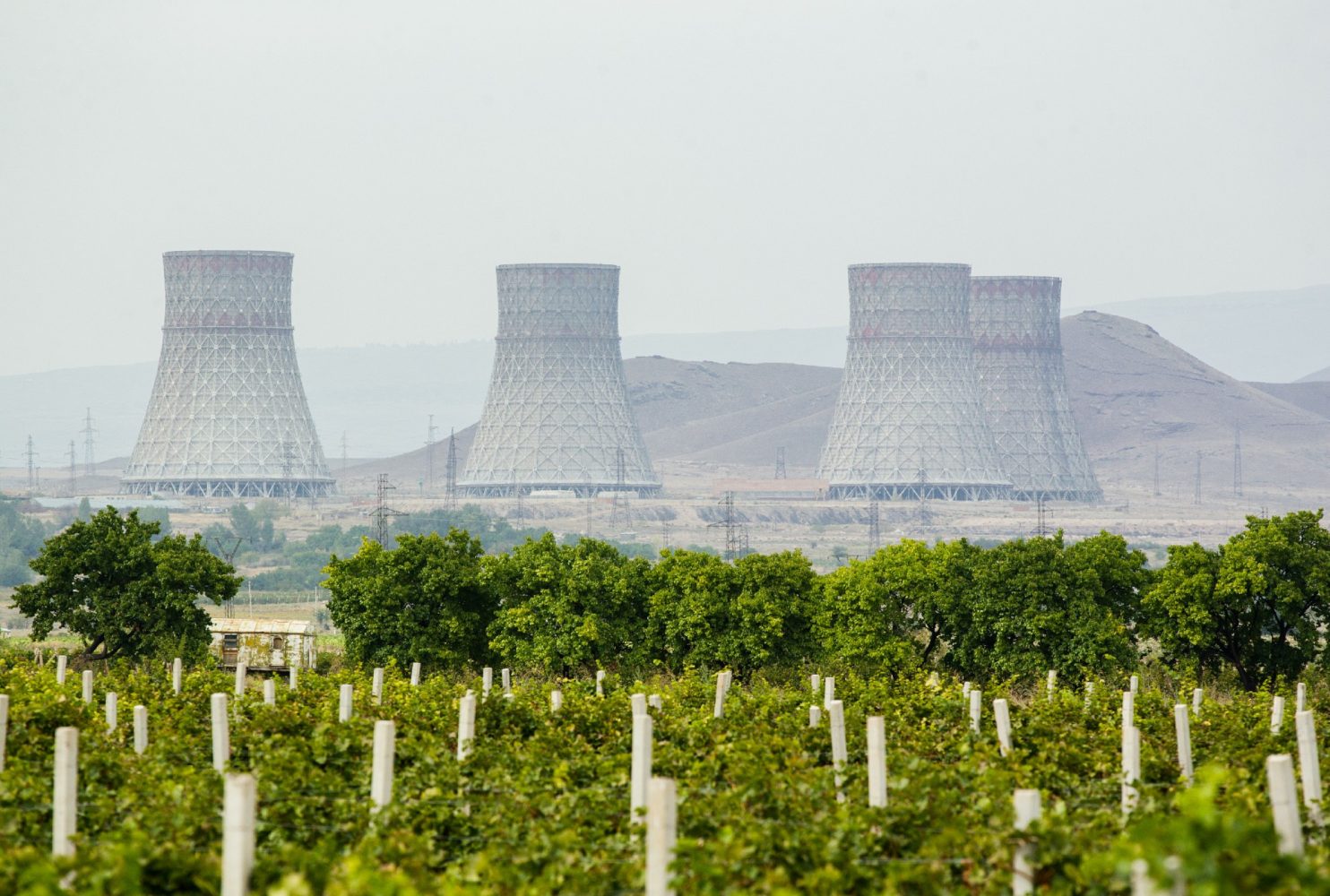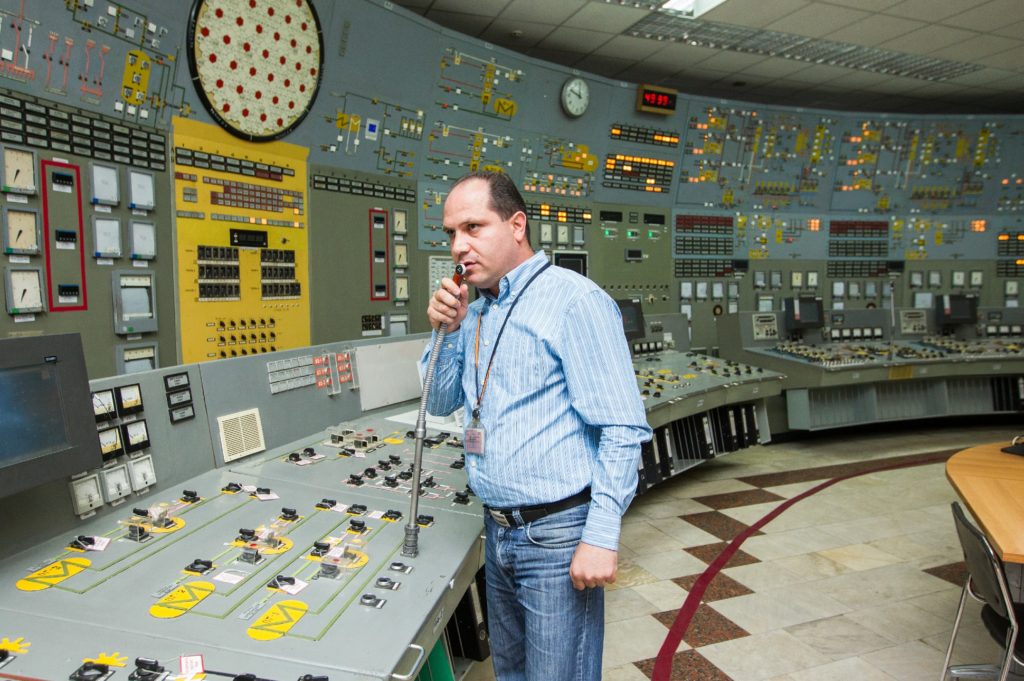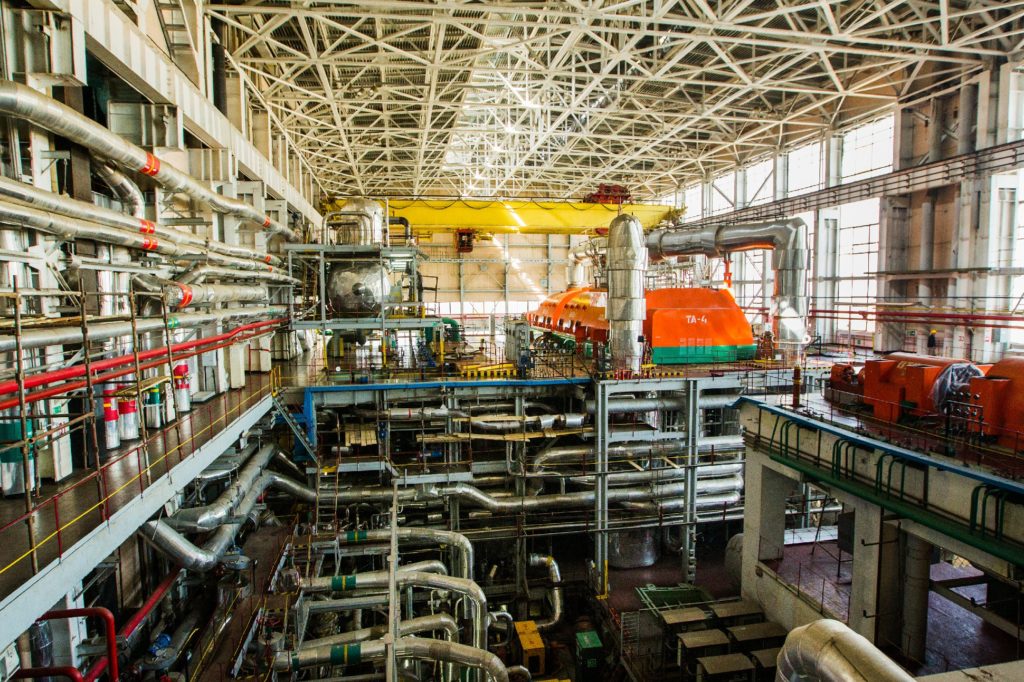
Armenia's Nuclear Future
back to contentsArmenia considers building another nuclear power plant. Its first nuclear station, which was recently upgraded, accounts for a quarter of electricity generated in the country. Here is an account of the nuclear power industry in Armenia, its evolution and prospects.
The decision to build a nuclear power plant in Armenia was adopted at a joint meeting of the Council of Ministers of Armenia and the Central Committee of the Armenian Communist Party in 1967. In 1969, a construction plan for a nuclear station with two VVER-440 reactors was approved by the USSR Council of Ministers. It was designed through joint efforts of over 50 Soviet research and development institutions. Construction started in the same 1969 on a site near the town of Metsamor on the Ararat Plain and lasted seven years. The first reactor was put in operation in late December 1969, followed the other one in 1980.
Soon the nuclear power plant had to stand the test of robustness as the country was devastated by a powerful magnitude 6 to 7 earthquake in December 1988. Its epicenter was about 80 kilometers away from the Armenian NPP, in the city of Spitak. When the earthquake hit, the reactors were operating at nominal power. The seismic protection system would have shut them down automatically if the earthquake magnitude on the site had exceeded 6. The buildings, structures and equipment of the nuclear power plant remained intact as all of them were designed to withstand even a magnitude 9.5 earthquake. Hydraulic shock absorbers damped shock impulses and inertia and maintained integrity of the buildings and equipment installed in them. A special commission examined the nuclear station after the earthquake and found no faults in the structures, equipment or systems. The commission concluded that the Armenian NPP had withstood a magnitude 5.5 earthquake. Nevertheless, the Council of Ministers of Armenia decided to shut down the reactors, which was done in early 1989.
For several years afterwards, thermal power plants remained the only source of electricity in the country, but they met as little as 10% to 15% of the national demand for electric power. A severe energy crisis faced by Armenia made the government reconsider its decision and restart the nuclear reactors. It was impossible, though, to bring the first reactor back on line because cut-outs were made in the casings of its steam generators to take steel samples for research. The second unit was restarted in 1995 with support from Russian engineers after six years’ downtime.
Unit 2: a new lease of life
In 2014, the country’s leadership made a decision to carry out an extensive upgrade program that was needed to extend the service life of Unit 2. The upgrade works started in 2015 by Rusatom Service, part of Rosatom’s electric power division. The longest scheduled outage during that time lasted 156 days. A centerpiece of the upgrade program was the annealing of the reactor pressure vessel. This one-off process restores physical and mechanical properties of the irradiated steel the RPV is made of. The annealing at the Armenian NPP brought the steel properties back to 80–85% of their original level.

About 2,000 tons of equipment, or 150 carloads, was delivered to the nuclear station by rail. Just as when building a new reactor, workers laid out roads and erected warehouses for the equipment on the NPP site.
Finally, the Armenian national regulator issued a permit to extend the service life of Unit 2 until 2026. In 2021, the reactor unit produced 1.8 GWh, or 25% of electric power generated in Armenia, according to the IAEA. The Armenian NPP says it accounts for 40% of the country’s energy mix.
Growth plans for the future
Potentially, the specifications of the second power unit enable it to be operated as long as 2036. This can be achieved, first, by upgrading its safety systems and, second, by validating further operation of the equipment that cannot be replaced (such as the reactor pressure vessel, primary coolant pipes, steam generators, and other nuclear island equipment). The Armenian authorities announced their intention to extend the service life of the power unit for another ten years beyond 2026. In December 2022, the matter was discussed at a meeting of the Armenian-Russian Strategic Partnership Group. “We plan to begin comprehensive inspections of the power unit in 2023 and carry out a feasibility study for extending the service life of irreplaceable equipment, including the reactor,” Anton Zuev, the Armenian NPP life extension project manager at Rusatom Service, told Aysor.am.
The existing nuclear station is not the only point of attention for the Armenian Government – they also consider the possibility of building new nuclear capacity. In early 2022, Rosatom and the Armenian NPP signed a memorandum of understanding at EXPO 2020 in Dubai to analyze the prospects of constructing Russian-designed nuclear reactors in Armenia. This matter was raised at a meeting between Armenian Prime Minister Nikol Pashinyan and Rosatom’s Director General Alexey Likhachev last summer, as well as during the visit of IAEA Director General Rafael Grossi to Armenia in October 2022. During his meeting with President Vahagn Khachaturyan, Grossi confirmed that the IAEA was ready to assist the country in implementing its nuclear energy plans.

Speaking about Rusatom Service’s tasks for the near future, Anton Zuev stressed the importance of maintaining the operation of the existing nuclear station until the first reactor of the new station is commissioned. “It is very important in terms of replacing generation capacity and ensuring energy security in Armenia and the entire region (…). We are currently conducting a preliminary feasibility study for the construction of a new nuclear power plant. When its results are in place, Armenia will be able to make informed decisions on the technical and economic configurations of the project,” Anton Zuev noted.




